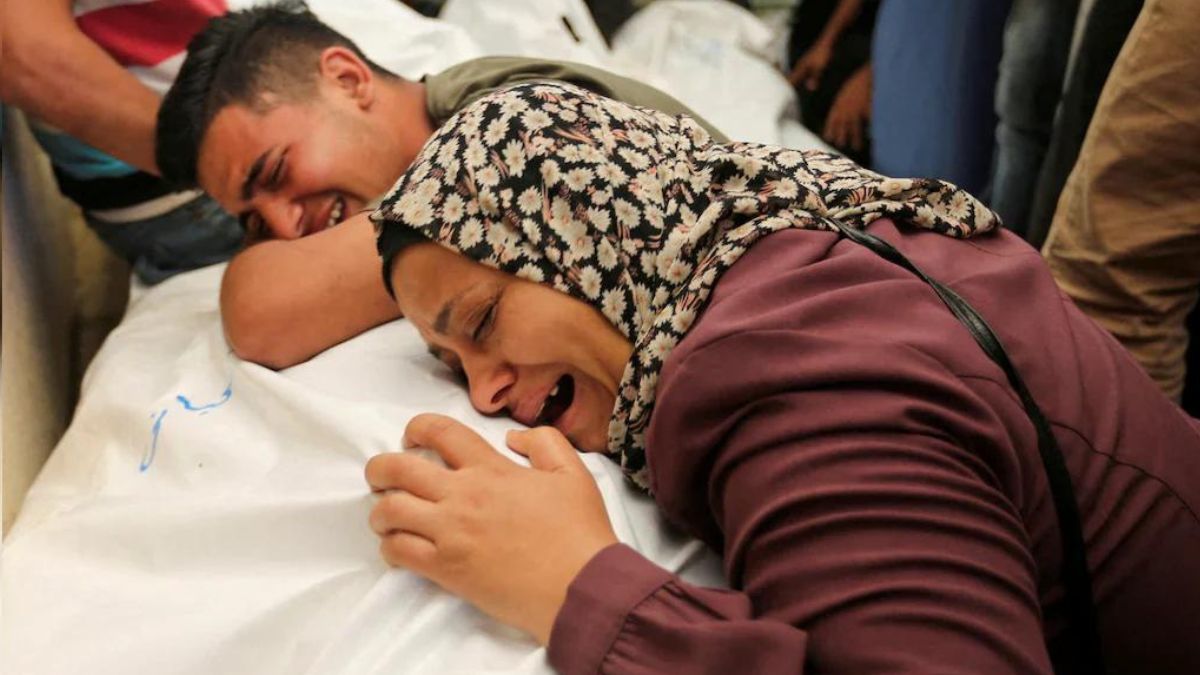At least 17 Palestinians were killed by Israeli bombs on Tuesday in two of the long-standing refugee camps in the Gaza Strip, while Israeli tanks advanced farther into the southern city of Rafah, the enclave, according to locals and medical professionals.
Residents of Rafah, where more than a million Palestinians sought safety before May, reported intense tank and jet shelling in a number of localities. Since then, when Israeli forces invaded the city, the majority of the populace has gone north.
Israeli tanks were operating inside Tel Al-Sultan, Al-Izba, and Zurub areas in Rafah’s west, as well as Shaboura at the heart of the city. They also continued to occupy the eastern neighbourhoods and outskirts as well as the border with Egypt and the vital Rafah border crossing.
Palestinian health officials said one man was killed in the morning by Israeli fire on the eastern side of Rafah. Medics said they believed many others had been killed in the past days and weeks but rescue teams could not reach them.
The Israeli military said it was continuing “precise, intelligence-based activity” in Rafah, killing many Palestinian gunmen over the past day in close-range combat and seized weapons. The air force struck dozens of targets across the Gaza Strip in the past day, it added.
In the central Gaza Strip, two separate Israeli air strikes on two houses killed 17 Palestinians in Al-Nuseirat and Al-Bureij, two designated refugee camps that are home to families and descendants of people who fled to Gaza in the 1948 war around the creation of Israel, medics said.
Impact Shorts
More ShortsThe Israeli military statement did not comment directly on the 17 deaths but said forces continued to operate against factions in central Gaza areas.
The commander of an Islamic Jihad sniper cell was killed by an Israeli warplane, and troops also “eliminated” a militnt cell, it said.
The armed wings of Hamas and Islamic Jihad said fighters confronted Israeli forces in combat zones with anti-tank rockets and mortar bombs, and have in some areas detonated pre-planted explosive devices against army units.
Israel’s ground and air campaign was triggered when Hamas stormed into southern Israel on Oct. 7, killing around 1,200 people and seizing more than 250 hostages, according to Israeli tallies.
The offensive has left Gaza in ruins, killing more than 37,400 people, according to its health authorities, and left much of the population homeless and destitute.
Since a week-long truce in November, repeated attempts to arrange a ceasefire have failed, with Hamas insisting on a permanent end to the war and full Israeli withdrawal from Gaza. Netanyahu refuses to end the war before Hamas is eradicated and the hostages are freed.
)